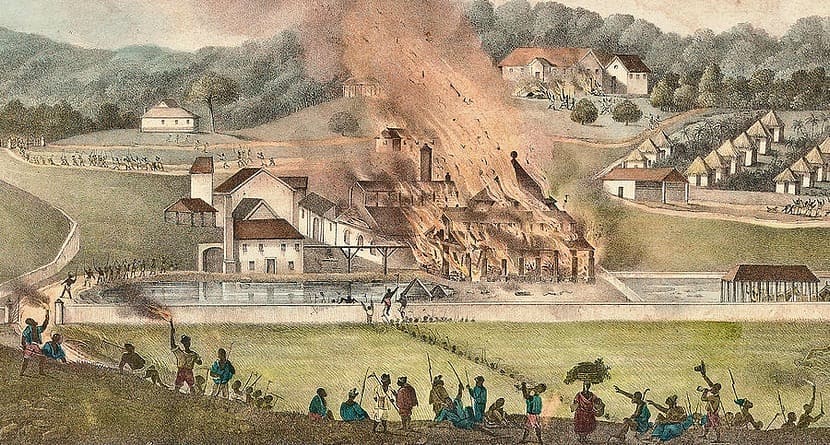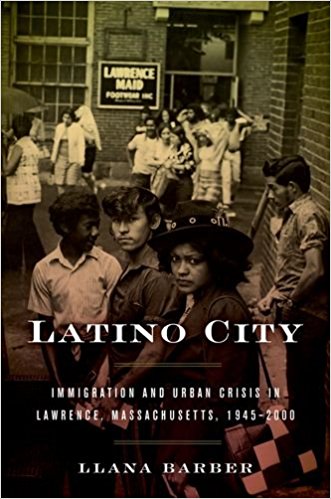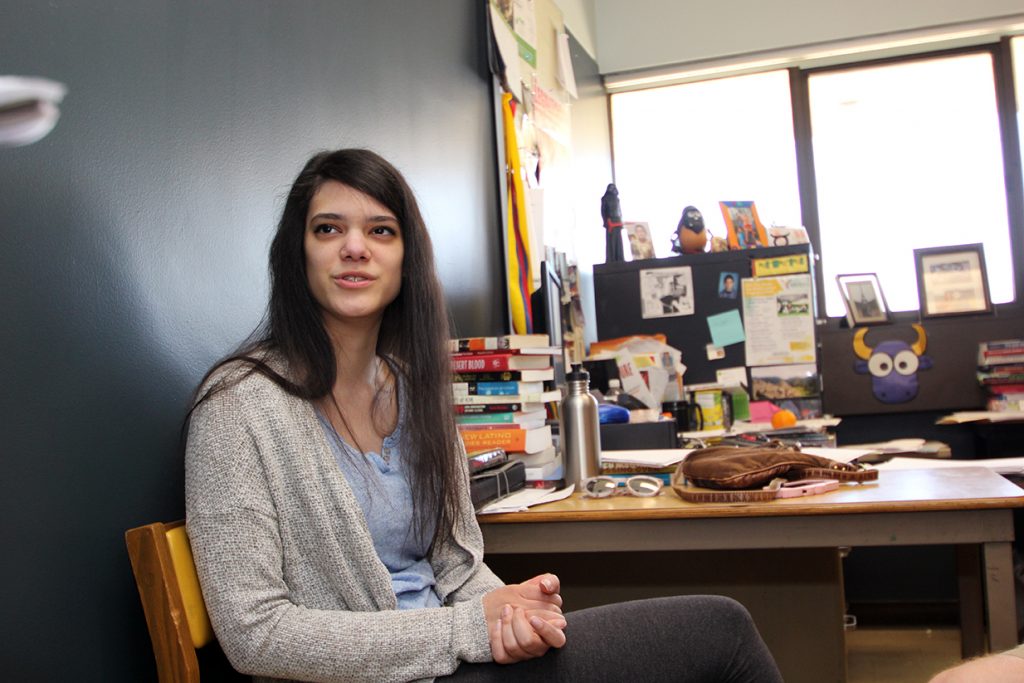On Christmas 1521 enslaved Africans near Santo Domingo escaped from a sugar plantation and, with rage unforeseen by their Spanish colonial masters, marched toward neighboring plantations in a battle for freedom. This, the first Black African slave uprising in the Americas, took place on the island of La Española — now the home of the Dominican Republic and Haiti. The slaves were predictably overpowered by their captors — and their valiant attempt led to extreme punishment and the Western Hemisphere’s first codified laws mandating cruelty and torture for disobedient slaves. Yet, apart from key scholars, this rebellion remains practically unknown today, despite its substantial impact on the study of slavery and its unrecognized influence on generations of people of African descent in the Americas.
Now, as the quincentennial of the rebellion approaches, CUNY’s Dominican Studies Institute (DSI), will give this uprising the historical heft it merits. On December 2 and 3, the DSI, alongside the Black Studies Program at the City College of New York and Centro Cultural Eduardo León Jiménes in Santiago, Dominican Republic, will hold the first international conference on “The Struggle for Freedom in La Española: Commemorating the 500th Anniversary of the First African Slave Revolt in the Americas.” A virtual, live event, open to the public, its participants will include scholars from across the United States, Dominican Republic, Puerto Rico, Argentina, Mexico and Spain.

“The CUNY Dominican Studies Institute drives home — again — that resistance in the face of power, oppression and injustice is history that must be remembered and studied to help transform a world that still cries out for change,” said CUNY Chancellor Félix V. Matos Rodríguez. “This unique conference will also explore the contemporary implications of the 1521 uprising and 1522 slave laws by recreating, through imagination informed by historical material, the lives and frustrations of slaves and the lingering impacts of their experience. The CUNY DSI, inspired by one of New York City’s largest immigrant groups — and by the flourishing body of research in this field — was the country’s first institute of its kind when founded in 1992; 30 years later, scholars worldwide continue to recognize its leadership.”
This event is both a culmination and launchpad for research the CUNY DSI has been doing for years. The institute has published a detailed monograph of the rebellion and its implications, with the first English translation of the Slave Laws of 1522 and other source materials that have not previously been available. The monograph is a spinoff of a groundbreaking academic and educational digital platform created by CUNY DSI, “First Blacks in the Americas,” which features for the first time online the story of the earliest Black African population of the Americas through dozens of archival manuscripts. CUNY DSI has also developed an online-accessible Spanish Paleography Digital Teaching Tool to decipher Spanish handwriting idiosyncrasies of the period — to enable more researchers to delve deeper into the details and implications of the rebellion.
In addition, CUNY DSI has gathered historical documents and images depicting the culture, art and music of the period, all of which will be part of the conference presentations. One objective of the scholarship has been to make it easier for people today, ranging from foremost scholars to elementary school students, to visualize what life was like for the first enslaved Black Africans in the New World.
Participants will learn about the life and history of the first enslaved Blacks in the Americas (who were brought to La Española beginning in 1502) including the details of their enslavement and this unforeseen uprising, the role of women as slaves and rebels and the little-discussed path to freedom, marronage enjoyed by a small number. The conference will also look at more recent history to illuminate the uprising’s influences.
More than 40 speakers and panelists will participate in the two-day conference. Topics will include relationships and resistance among the La Española slaves, artistic renderings and imagery of the times, and methods for teaching today’s elementary school students about the resistance of the 1500s.
Registration for the conference is free by visiting the conference registration page.
“This conference speaks to the past – and to a better future, as Black people and other marginalized groups continue their quest for the right to self-determination and to resist oppression of all kinds,” said CUNY DSI Director Ramona Hernández. “The recreation of history in our study leads to understanding.”
Transcendental Moment
The location for the historic insurgence was the sugar plantation of Diego Columbus, the son of Christopher Columbus who was governor of La Española and viceroy of the Indies, located on the northwest of today’s Santo Domingo Province in the Dominican Republic. The enraged rebel mob moved more than 60 miles westward along the Nigua River basin to Azua, another hub of early plantation slavery, spreading terror on its path in an unbridled race to escape evil and connect with other enslaved Blacks. With the benefit of superior weapons, the Spaniards quelled the insurrection and restored order to the slaveholding society.
The Spanish authorities consequently issued laws to punish the rebels and prevent Black people from attempting to rise up again for their freedom. The laws provide the oldest surviving source material of Spaniards’ efforts to codify their subjugation of African Black slaves and specify the punishment of those who violated the officially enacted norms. They are seen today as the antecedent of subsequent “black codes” that would be used to subjugate generations of Black people throughout the Americas.
The Santo Domingo Slave Revolt of 1521 and the Slave Laws of 1522 have been recorded as the first of their kind in the history of the Americas. The DSI conference seeks to remember and honor the 500th anniversary of a determined action that forever marked the history of resistance by Black people in the New World.
“By centering struggles for freedom in the first plantation slave society in the Americas, this conference makes a singular contribution to the burgeoning field of Afro-Latin American Studies,” said Alejandro de la Fuente, director of the Afro-Latin American Research Institute at Hutchins Center, Harvard, a conference co-sponsor. “Slave owners and colonial authorities sought to dehumanize Africans and their descendants, but as the example of La Española illustrates, they encountered fierce resistance. Santo Domingo was a colonial laboratory for plantation slavery. It was also a laboratory for African and Afro descendant freedom.”
Many historians today view the rebels’ coordinated effort to demonstrate that they would not be docile participants in their own captivity as a great success, which manifested in the subsequent fear that the action engendered among the Spaniards, and the laws they quickly enacted to contain it.
“For Black people then and now, the rebellion generated a strong and abiding spiritual yearning for freedom, self-determination and justice. Those outcomes are immeasurable and difficult to quantify or qualify because they deal with such intangible factors as hope,” said Hernández, a professor of sociology at City College’s Colin Powell School for Civic and Global Leadership and the CUNY Graduate Center. “Our intention with this multi-disciplinary conference is to have a conversation, from multiple angles, regarding the legacy of this open act of defiance. Specifically, we intend to create a lineal vision that connects the beginning of the resistance in the Americas with its present and its future, as it relates to African Black people.
“The music of the drums will be our closing remarks,” Hernández added, “as they speak the language used by enslaved African people to communicate their plan to secure freedom.”
The conference is co-sponsored by the following organizations:
African Studies Program at Penn State University (here)
Afro-Latin American Research Institute at Hutchins Center, Harvard University (here)
Archivo General de la Nación (here)
Center for Latino/a and Latin American Studies at Wayne State University (here)
Center for the Study of Slavery and Justice, Brown University (here)
Columbia University, African American and African Diaspora Studies Department (here)
Department of Latino & Caribbean Studies at Rutgers (here)
Instituto de Historia del Consejo Superior de Investigaciones Científicas (here)
Instituto Global de Altos Estudios en Ciencias Sociales, FUNGLODE (here)
John L. Warfield Center for African and African American Studies, UT Austin (here)
Lapidus Center for Historical Analysis of Transatlantic Slavery at the Schomburg Center (here)
Master in the Studies of the Americas, Center for Worker Education, City College (here)
The Department of African & African American Studies at Duke University (here)







Thank you for sharing the information.